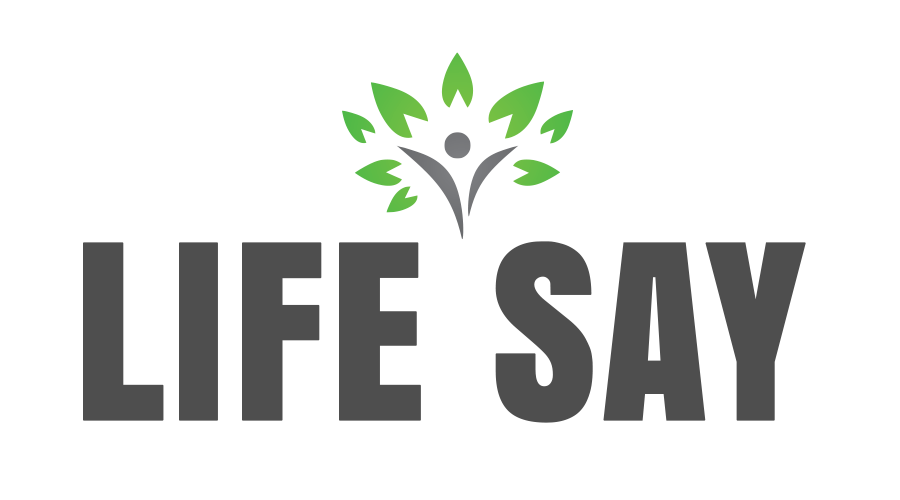Insects, while essential to our ecosystem, can become a nuisance when they invade our homes, gardens, or agricultural fields. From ants and cockroaches to mosquitoes and termites, these tiny creatures can cause significant damage to property and pose health risks to humans and animals alike. Implementing effective pest control measures is crucial in managing insect infestations and maintaining a healthy environment. In this article, we will explore various strategies and techniques for insect control to keep your surroundings pest-free.
Understanding the Importance of Pest Control
Pest control plays a vital role in safeguarding public health and ensuring food security. Insects like mosquitoes and flies are carriers of diseases such as malaria, dengue fever, and West Nile virus, posing a significant threat to human health. Additionally, pests such as termites and rodents can cause extensive damage to structures and crops, leading to financial losses for homeowners and farmers. By implementing proper pest control measures, we can mitigate these risks and protect our homes, businesses, and agricultural resources.
Integrated Pest Management (IPM)
Integrated Pest Management (IPM) is a holistic approach to pest control that emphasizes prevention, monitoring, and control through environmentally sensitive methods. This strategy focuses on minimizing the use of chemical pesticides and relies on techniques such as biological control, habitat manipulation, and cultural practices to manage pest populations effectively. By combining various control methods tailored to specific pests and environments, IPM aims to achieve long-term pest suppression with minimal impact on human health and the environment.
Biological Control
Biological control involves the use of natural enemies, such as predators, parasites, and pathogens, to regulate pest populations. Ladybugs, for example, are voracious predators of aphids and can help control their numbers in gardens and agricultural fields. Similarly, introducing parasitic wasps that target pest larvae can be an effective way to manage caterpillar infestations. Biological control methods offer a sustainable and environmentally friendly alternative to chemical pesticides, reducing the reliance on synthetic chemicals and minimizing harm to non-target organisms.
Cultural Practices
Cultural practices involve modifying the environment or altering human activities to discourage pest infestations. This may include practices such as crop rotation, sanitation measures, and proper waste management. By eliminating breeding sites, removing food sources, and maintaining clean and clutter-free surroundings, we can create less hospitable environments for pests to thrive. Additionally, selecting pest-resistant plant varieties and implementing proper irrigation and fertilization practices can help strengthen plants’ natural defenses against insect pests.
Chemical Control
While chemical pesticides are sometimes necessary to manage severe pest infestations, they should be used judiciously and as a last resort. When using chemical control methods, it is essential to follow label instructions carefully, use appropriate protective gear, and consider the potential impacts on human health and the environment. Selective pesticides that target specific pests while minimizing harm to beneficial organisms are preferred whenever possible. Regular monitoring and accurate pest identification are crucial for determining the most effective and least harmful chemical control options.
Preventive Measures
Prevention is often the most effective strategy for pest control. By taking proactive steps to eliminate potential entry points and minimize attractants, we can reduce the likelihood of pest infestations. Seal cracks and gaps in building structures, install screens on windows and doors, and keep outdoor areas clean and well-maintained to deter pests from entering homes and businesses. Proper storage of food and waste, along with regular inspection and maintenance of property, can help prevent pest problems before they escalate.
Conclusion
Insect control is a multifaceted endeavor that requires a combination of strategies tailored to specific pests and environments. By adopting integrated pest management practices, utilizing biological control methods, implementing cultural practices, and exercising caution with chemical pesticides, we can effectively manage insect infestations while minimizing risks to human health and the environment. Through proactive prevention and vigilant monitoring, we can create pest-free environments that promote the well-being of both people and ecosystems.


